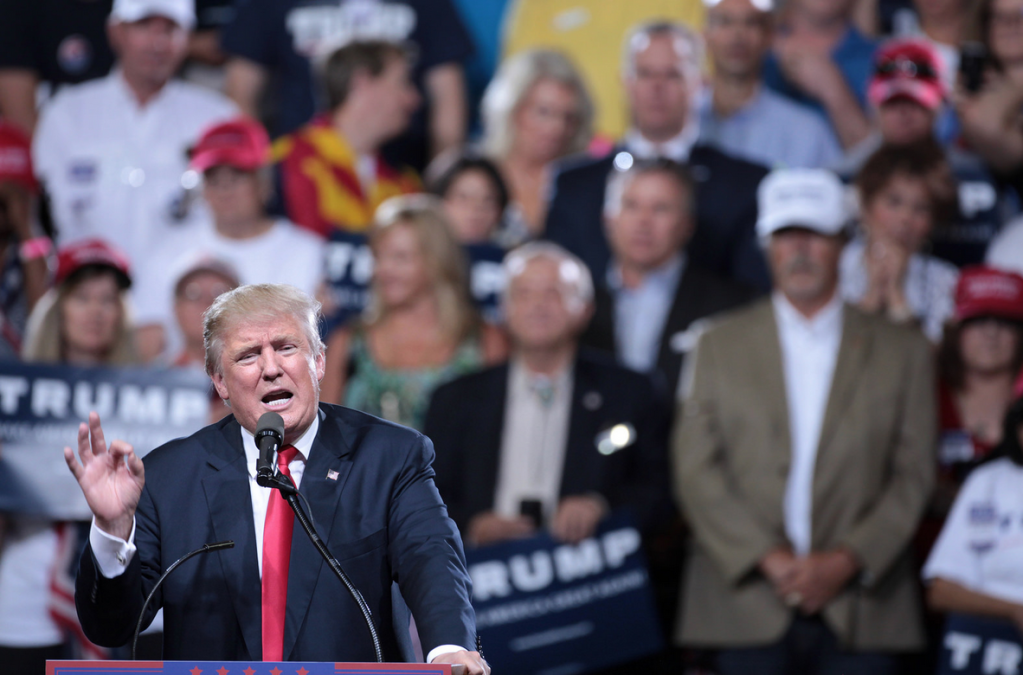3Qs: Safety measures at the Republican National Convention

More than 10,000 people are expected to protest outside the Republic National Convention in Cleveland this week. Tensions are running high, particularly because of the recent spate of terrorist attacks and shootings both near and far, but the consensus among city officials is that they’re ready to address a potentially chaotic scene. “We are prepared,” Mayor Frank Jackson said at a recent press conference, “and we have done our due diligence in many different ways.” Here, Jack McDevitt, director of Northeastern’s Institute on Race and Justice, examines the unique set of circumstances that have transpired to make safety the RNC’s primary concern.
More than 5,000 law enforcement officers have been assigned to RNC security, including some 500 Cleveland police officers. How might the recent spate of global attacks—from the terrorist attack in Nice, France, to the shooting of multiple police officers in Baton Rouge, Louisiana—impact security protocol and affect the officers’ ability to maintain public safety?
I have been involved with security audits of both the Democratic National Convention when it was in Boston and the Olympics when they were held in Salt Lake City. I believe that the terrible shootings in Dallas and Baton Rouge will make police increase the level of caution, but there are protocols in place from prior conventions. The planning for this convention has been going on for more than a year and I believe they will not change the plan that has been developed in a significant way due to the recent tragedies.
One of the most challenging aspects of the security in Cleveland will be the coordination of all the levels of law enforcement that will be involved. Security for the Republican National Convention will include federal, state, and local law enforcement officers—and these agencies do not always work well with each other. The key problem is a reluctance to share information across all the agencies involved. These various agencies will utilize a model called an Incident Command Center to promote information sharing and minimize conflict across the various levels of law enforcement.
Items as innocuous as tennis balls and bicycle locks will be temporarily banned in downtown Cleveland for the duration of the RNC. But Ohio’s gun laws will allow licensed firearm owners to carry non-concealed weapons in public, including the space where thousands of Trump supporters and anti-Trump demonstrators will hold competing rallies this week. What added challenges might this so-called “open carry” law present to the authorities that have been charged with keeping delegates and demonstrators safe?
The Cleveland Police Union has asked Ohio Gov. John Kasich to temporally suspend the open carry provision of the Ohio law to protect the protestors, attendees, and law enforcement but the governor has declined. It will be a clear area of concern for law enforcement to try to make sure that no one attempts to use the guns that they will be permitted to carry.
In Boston during the 2004 Democratic National Convention, the Boston Police choose to utilize what has been called a “soft hat” approach. This approach calls for officers to be in normal uniforms not riot gear and calls on the officers to communicate directly and respectfully with the protestors and it to seemed to work very well. The Republican National Convention was held in New York City that same year and the NYPD used a more traditional approach involving officers in riot gear. In Boston the police arrested less than 10 protesters during the entire convention while the New York police arrested more than 1,800 protestors.
According to Cleveland police, 1,000 beds in local jails have been cleared for the possibility of mass arrests during the convention; 2,000 sets of personal riot gear have been purchased for officers working the four-day event; and 300 bikes have been ordered for those whose primary focus will be crowd control. In your view, are law enforcement officials prepared to keep the peace?
I believe the planning that has gone into the convention will assure that there will be enough resources to deal with most eventualities. What we have learned from other high security events is that security is best when police have good communication with those who will be protesting. Police can monitor online communication of groups that may be planning to protest, including those planning violent protests. In addition, police can develop relationships with other legitimate protest groups that can report protestors who might be talking about violence. Previous high security events have demonstrated that bikes can be a very effective patrol modality. Police can get around quickly, monitor developing events, and maintain communication with protestors and continue to observe and acquire intelligence. The equipment is necessary if violence erupts, but intelligence and positive relationships are the best way to avoid violence and minimize arrests.





